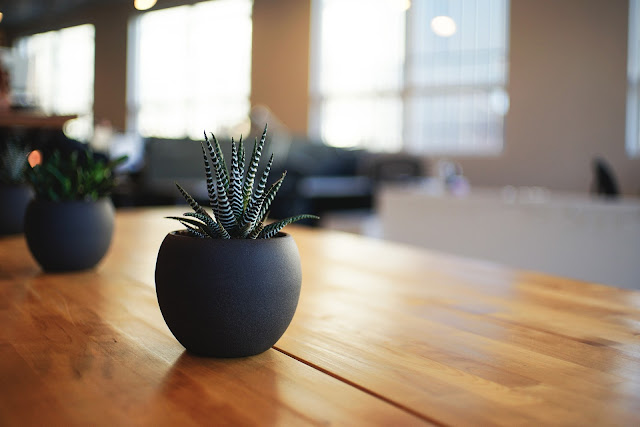HOUSEPLANTS : LIVING WITH PLANTS
A single plant can make a home come alive.
 After a long tiring day, being kept surrounded by pollution, noises and stress, our home is the only place that comes to our rescue. Everyone longs for a peaceful, cozy and healthy environment to live in. In this era of technology, where everything is automatic and easy, still no gadget can ever reach the level to be able to replace a plant.
After a long tiring day, being kept surrounded by pollution, noises and stress, our home is the only place that comes to our rescue. Everyone longs for a peaceful, cozy and healthy environment to live in. In this era of technology, where everything is automatic and easy, still no gadget can ever reach the level to be able to replace a plant. Plants are essential for our survival. Not only do they provide food, shelter, raw materials etc, they are capable of improving a persons health both outdoor and indoor.
Over years, people have been conducting experiments, and doing researches upon how does an indoor plant effects the life of a person living in that environment. And not to our surprise, the results have always been amazingly positive. So lets discuss some of the benefits of indoor plants.
There have been early studies on using plants to clear the air in space stations that showed that many common foliage plants considerably reduced the level of indoor pollutants that included carbon monoxide and formaldehyde. Further researches showed that plant can remove many other indoor pollutants including ozone, benzene and toluene. It was found that the pollution reduction was largely due to bacterial growth on plants roots.
Further studies continued on how plants effect air quality and it was found out that the common foliage plants increase the relative humidity to a more healthier and comfortable level in an interior space. In most buildings, the relative humidity is less then the range of 30% to 60% which is recommended for human comfort, due to buildings being heated up which can cause common cold and cracks in wood. In this study, when plants where present, it was found out that when less then only 2% of the total space was occupied by the plants, the relative humidity raised from 25% to 30%. Some people also have concerns like what if relative humidity increases too much?, but no, this is not the case since plants slow down the process of water loss when the relative humidity rises.
The influence of interior plants on dust has also been recorded. It was found that adding a plant to periphery of a room can reduce the deposition of dust by about 20% even in the center of the room meters away from the plant.
Studies also showed that a plant can reflect, diffract or absorb sound on the depending on the frequency and position of the plant. But the most common result was that plants work best at reducing high frequencies sounds in rooms with hard surfaces. The results were similar to adding a carpet.
Many studies asking people about how they feel in presence and absence of plants revealed many positive feelings associated with plants. In a study conducted, people where assigned a computer task inside a room where half of the rooms had plants while other did not. During the process, blood pressure of the candidates was recorded. As a result, it was found that blood pressure of the candidates did increase due to the stress of the task but the rise in the candidates with plants in there rooms was considerably low then of those without a plant which showed that the presence of a plant can reduce stress. It was also noted that the candidate with a plant around them completed the same task 12% faster and reported to be feeling much more attentive and concentrated then those without a plant.
Other researches showed that people recovered more quickly from surgery and also did not needed strong medication if they had a view of tree from there room. The positive effect of a plant on physical symptoms have been documented. For example, in a study in Norway where workers in an office with foliage plants reported lesser symptoms like cough, cold, fatigue etc. then those without a plant.





Comments
Post a Comment